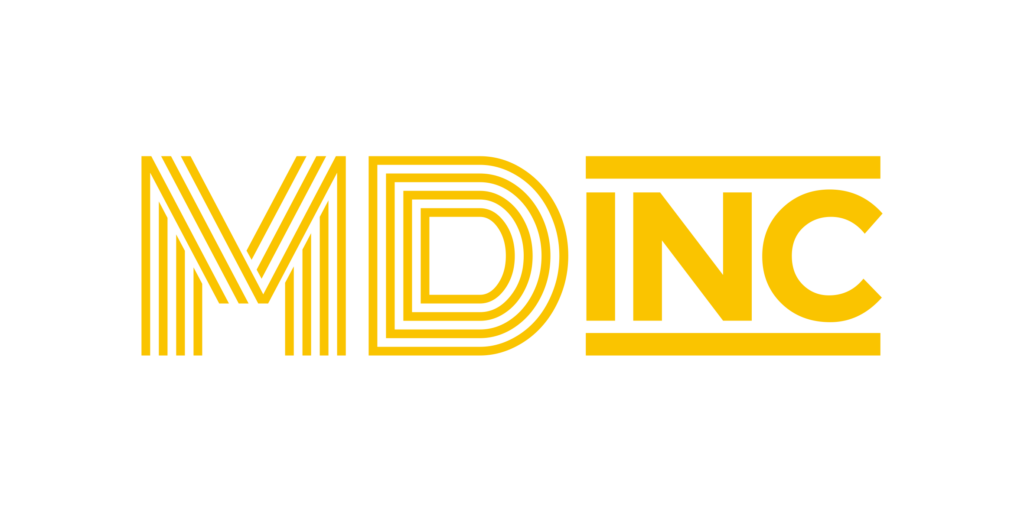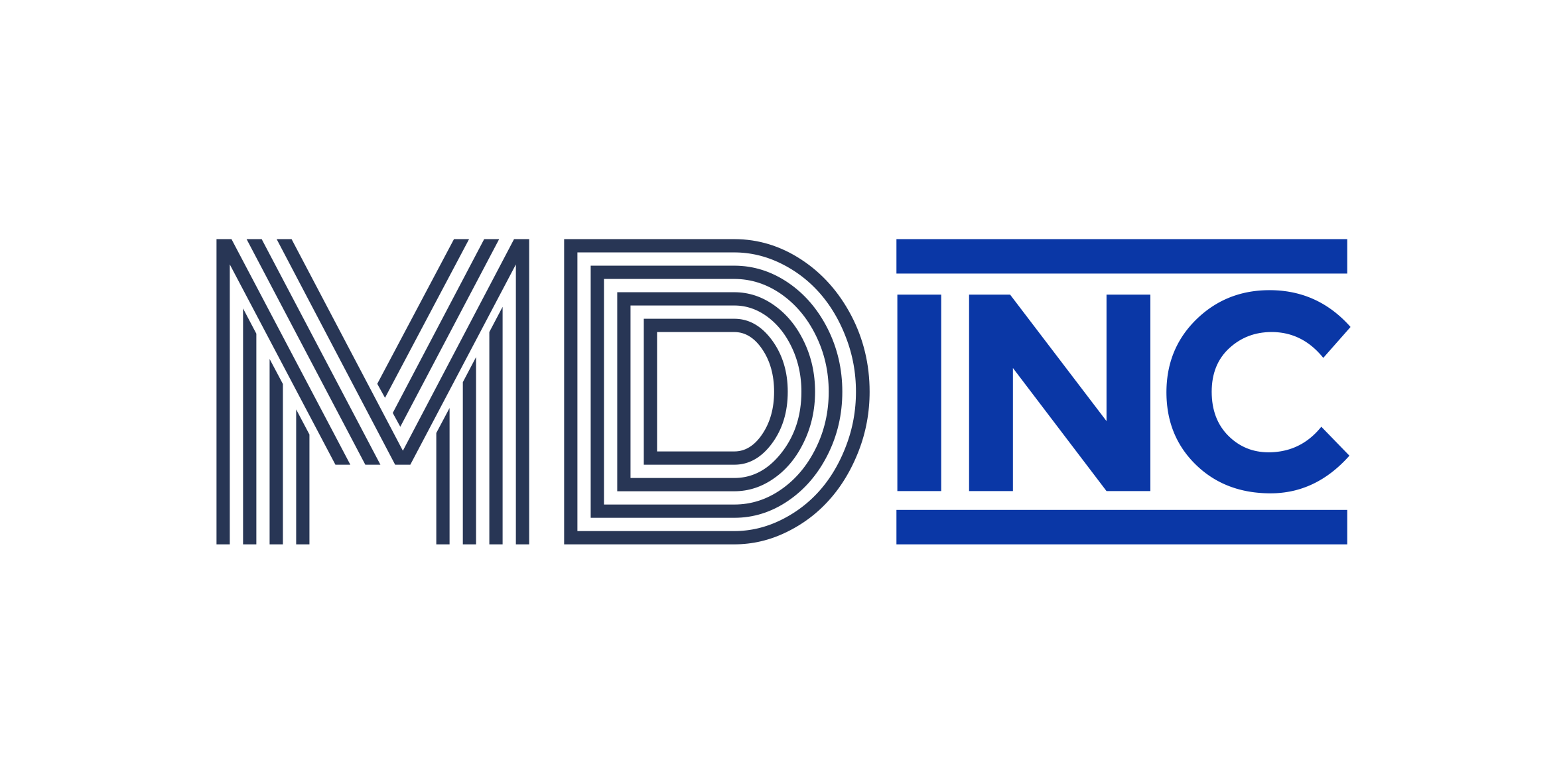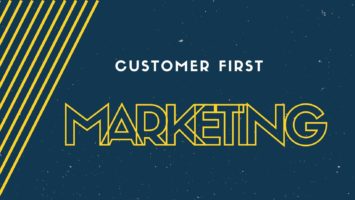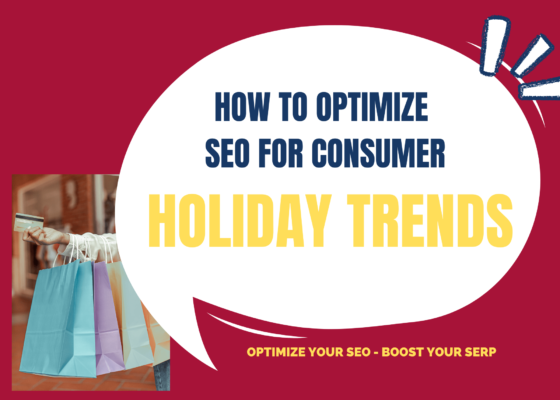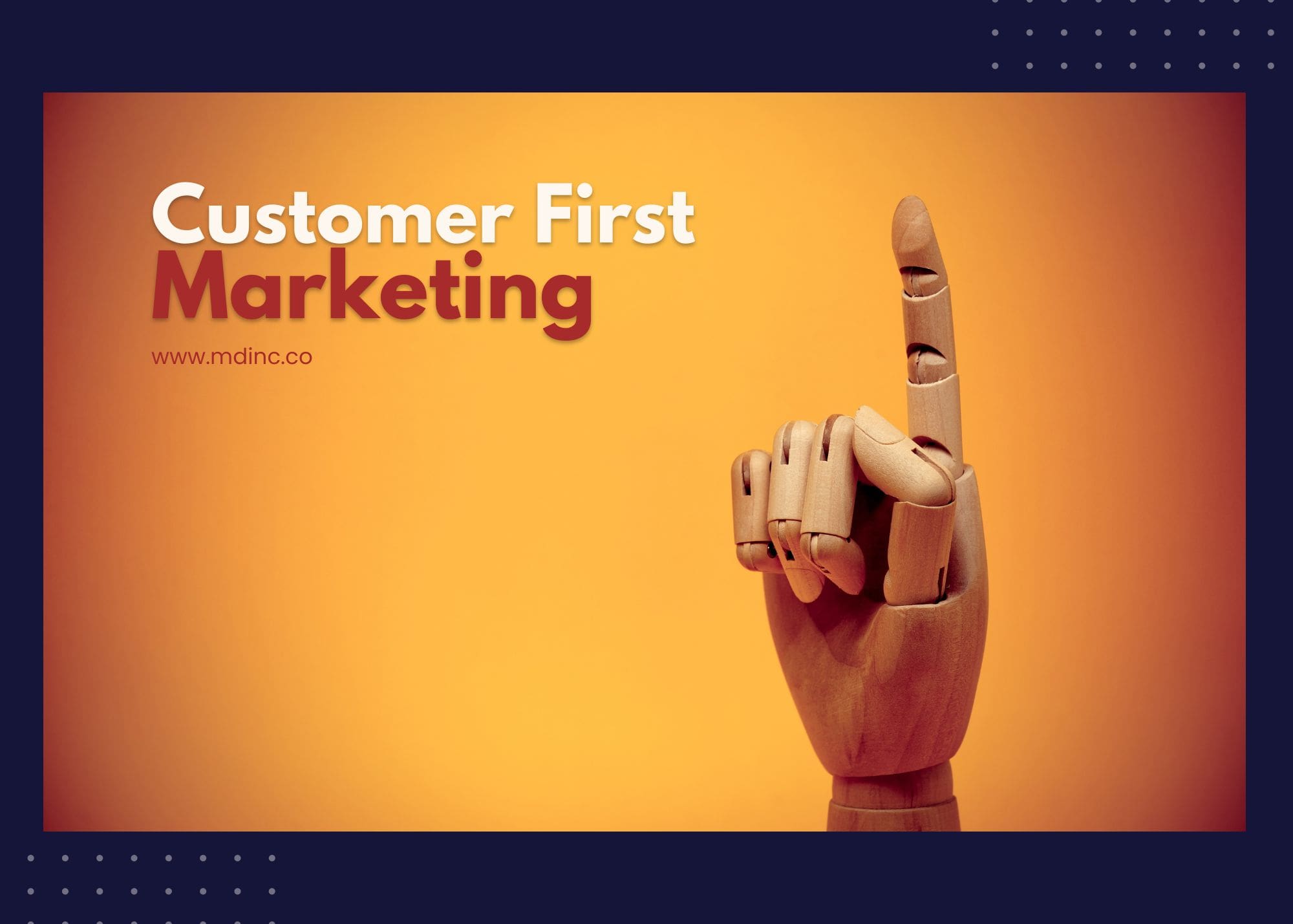A Post-Pandemic Panorama for Customer-First Digital Marketing
The pandemic changed more than our hygiene habits – it completely transformed the course of digital marketing, content marketing overall, and how customers make purchases and engage with companies. Businesses were forced to pivot their marketing campaigns to allow for the massive changes to shopping, spending, advertising, and browsing. Enter customer-first marketing.
After the dust settled from quarantine, what are we left with? As sellers, we have learned some tried and true tricks to subvert marketing in order to attract the post-pandemic market, and these are likely marketing tactics that won’t go anywhere anytime soon. Here’s how content marketing has evolved since the pandemic began and how these tweaks affect your business.
Digital Marketing After the Pandemic
Due to the fact that customers are interacting with companies so differently, businesses had to think fast to allow for change to occur. This meant switching up marketing strategies. One of the most important shifts in digital marketing is privacy. Users don’t enjoy having their movements tracked by third-party cookies, so new marketing dictates that businesses use first-party data (data that buyers enter themselves) instead of third-party data (data that is collected on a larger scale).
One of the perks of post-pandemic content marketing is the fact that making connections with consumers has become the norm. Whether it’s interacting with buyers through social media, creating YouTube videos or blogs, or otherwise directly discoursing with buyers, purchasing has become personal, and buyers like the special touch companies are putting on digital marketing to meet their needs.
Other large-scale changes include adding curbside pickup, delivery, and other methods for flexible procurement of goods that makes shopping more convenient for busy buyers or health-conscious customers who wish to limit in-person contact.
Changing the business model and implementing these new methods in digital marketing has grabbed the attention of savvy shoppers post-pandemic. Essentially, companies who put their customers first to truly ensure their needs are met (no matter what kind of company it is) aren’t just staying afloat, they’re thriving.
The Importance of Social Media Marketing
No matter whether buyers are locked down in homes or out and about with masks on, there’s one surefire way to engage every demographic in our tech-forward world – social media marketing. With older people still chatting on Facebook and everyone else on Instagram, Twitter, and TikTok, the social media landscape is ripe with ad opportunities.
Your business’s social media spend has likely increased following the pandemic, and this type of digital marketing is money well spent. Holding giveaways through social media, encouraging users to submit/tag their photos of your products, or interacting with customers in comments are all great ways to forge a connection with customers.
Social media marketing, known as SMM, is continuing to grow in 2021 and poised for further growth in the upcoming year. Results from a great social media campaign can include increased engagement, brand awareness, and lead generation. Keep in mind that different social media platforms are reaching different audiences, so do your research before implementing SMM.
What’s Your Digital Marketing Measurement?
There are a variety of ways to measure your digital marketing success. These include:
- Website traffic
- Conversion rates
- Click-through rates
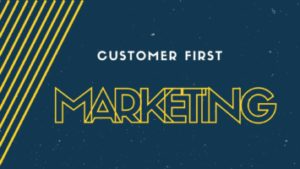
- How long users stay on your site
- New visitors vs. returning site visitors
- Social media engagement
- ROI (the return of your marketing investment)
These numbers can give you an idea of how well your digital marketing campaign is working, but the true measure of your success is sales and revenue.
Contact MDINC to discuss your digital marketing needs and content strategy.
